I posted recently on Tim Keller’s articulation of the need for a “counter-catechesis” for the church living in a secular age in his recent book How To Reach the West Again (City to City Press, 2020). The following is a continuation of that excerpt. In it, Keller outlines how catechesis might figure within a “moral ecology” of Christian action and formation. This is especially important given the immersive and imaginative shape of the formation on hand in a digital culture. Counter-catechesis should be embedded within a community that has a coherent vision of moral questions (“Why be good?”) and manifests in liturgical, aesthetic, historical, contextual, narratival, doctrinal, and communal practices. Here’s Keller:
Catechesis was part of a moral ecology
In The Content of Their Character, James Davison Hunter and Ryan S. Olson explain that character can never be imparted in a classroom, but only in a particular kind of community. Martin Luther King, Jr. is an example of this principle. He is often lifted up as an example of courage and commitment to justice, but an MLK, Jr. could not be produced by a classroom and textbooks alone. He was produced by the African-American church. Hunter and Olson call the kind of community that forges character a “moral ecology.”* This is a community with the following elements.
A moral ecology first answers the question “Why be good?” The answer cannot simply be “because we say so.” A strong moral ecology requires an account of the cosmos that grounds moral standards. The Bible does this, grounding its moral norms in the character of God and in a created human nature ordered toward certain goods—worship of the true God, the importance of work and family, and the sacrificial love of one’s neighbor.
Second, a moral ecology answers the questions, “What specifically is good?” What is right worship, true love of neighbor, good work, and so on? Here again we have the moral instruction of the Bible, particularly the Ten Commandments, the book of Proverbs, the Sermon on the Mount, 1 Corinthians 13, as well as centuries of moral and ethical reflection on these texts.
Third, a moral ecology answers the question “What is not good?” by contrasting biblical teaching with the moral values and discourse (or lack of them) in the culture. We must call out the practices and habits of heart within our society that lead not to human thriving but to personal and social deterioration.
Fourth, a moral ecology involves imagination (answering the question, “Who is good?”). It is not enough to merely give abstract principles. Our hearts are captured more by stories than by abstractions. All moral ecologies must provide actual, compelling embodiments of the moral principles. There have always been two kinds:
Heroes and examples of the past. These exemplars can (and should) be both fictional and historical. It is important for writers, artists, filmmakers, and others to tell stories that point to the realities of good and evil.
Contemporary models in one’s own community. A moral ecology must have actual persons in the community to embody the standards in an attractive way.
Finally, a moral ecology involves moral discourse (answering the question, “How can we be good in daily life?”). Moral discourse is a dialogue of people asking, “How does the principle apply to this situation? What is the right thing to do here?”
Why is a moral ecology so crucial? The crisis is this: despite its incoherent moral cosmology, secular culture has created an enormously powerful, constantly immersive moral ecology through the digital revolution that overwhelms the two or three hours a week Christians worship and study in church.
The amount of time we spend on our phones in a day—the number of images and videos and repetitive slogans we see—makes the most immersive set of practices ever. It engages the imagination with narratives. It makes the influence and consumption of TV (already a concern a generation ago) look tiny by comparison. Those consuming digital content are being deeply catechized for far more hours in a week and far more effectively than anything the church is doing. It would not be going too far to call it brainwashing of the purportedly benign type seen in George Orwell’s 1984.
It is no surprise that so many young people raised in the church, taught and instructed for years, say, “I don’t see what’s wrong about two people having sex if they really love each other.” Alarmed parents can point them to biblical texts, but they won’t be effective because the underlying narratives that make such a view of sex plausible—narratives of identity and freedom and morality— were never identified as such and exposed as implausible. We have to learn to form Christians who are shaped more by the biblical narrative than by cultural narratives.
James K. A. Smith has helped us see that character formation flows as much from the engagement of the imagination (through liturgical worship, art, and story) as it does from intellectual instruction. Our work of counter-catechesis should therefore include the following:
• New tools of catechesis that are formed to present the basics of Christian truth as a direct contrast to the narratives of late modern culture (e.g., “You have heard it said—but I say unto you”)
• Worship that combines ancient patterns of liturgy with culturally contextualized forms
• Use of the arts to convey the Christian story
• Theological training of both ministers and lay leaders that equips them to carry out these kinds of formative practices
• A rediscovery of rich devotional practices that are nearly extinct because of the busyness of our schedules
This process of formation is part of the inward move of a missionary encounter. Done well, this formation will equip Christians to make an outward move into their workplaces and other spheres of influence.
*James Davison Hunter and Ryan S. Olson, The Content of Their Character: Inquiries Into the Varieties of Moral Formation (Finstock & Tew, 2017)

